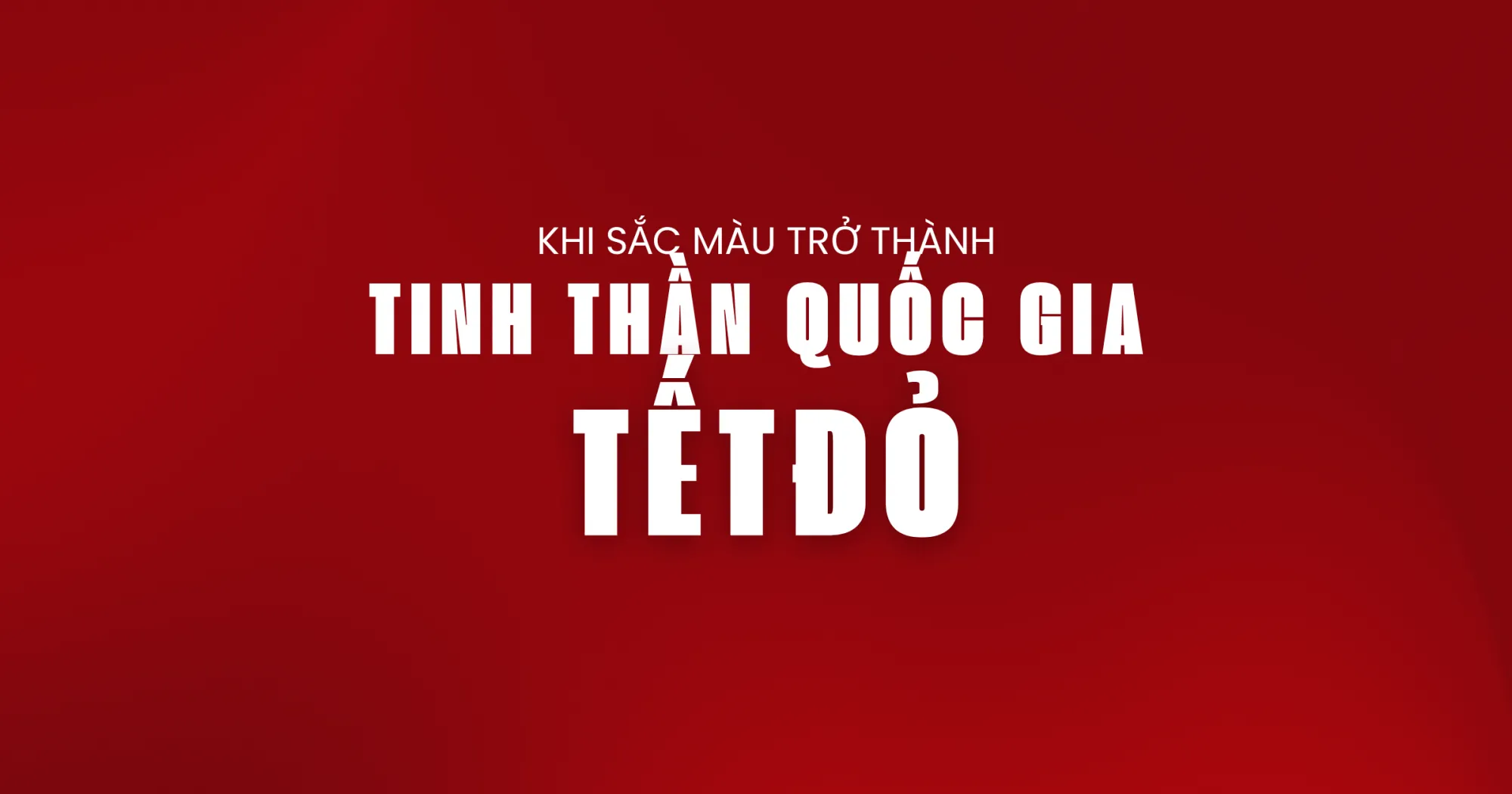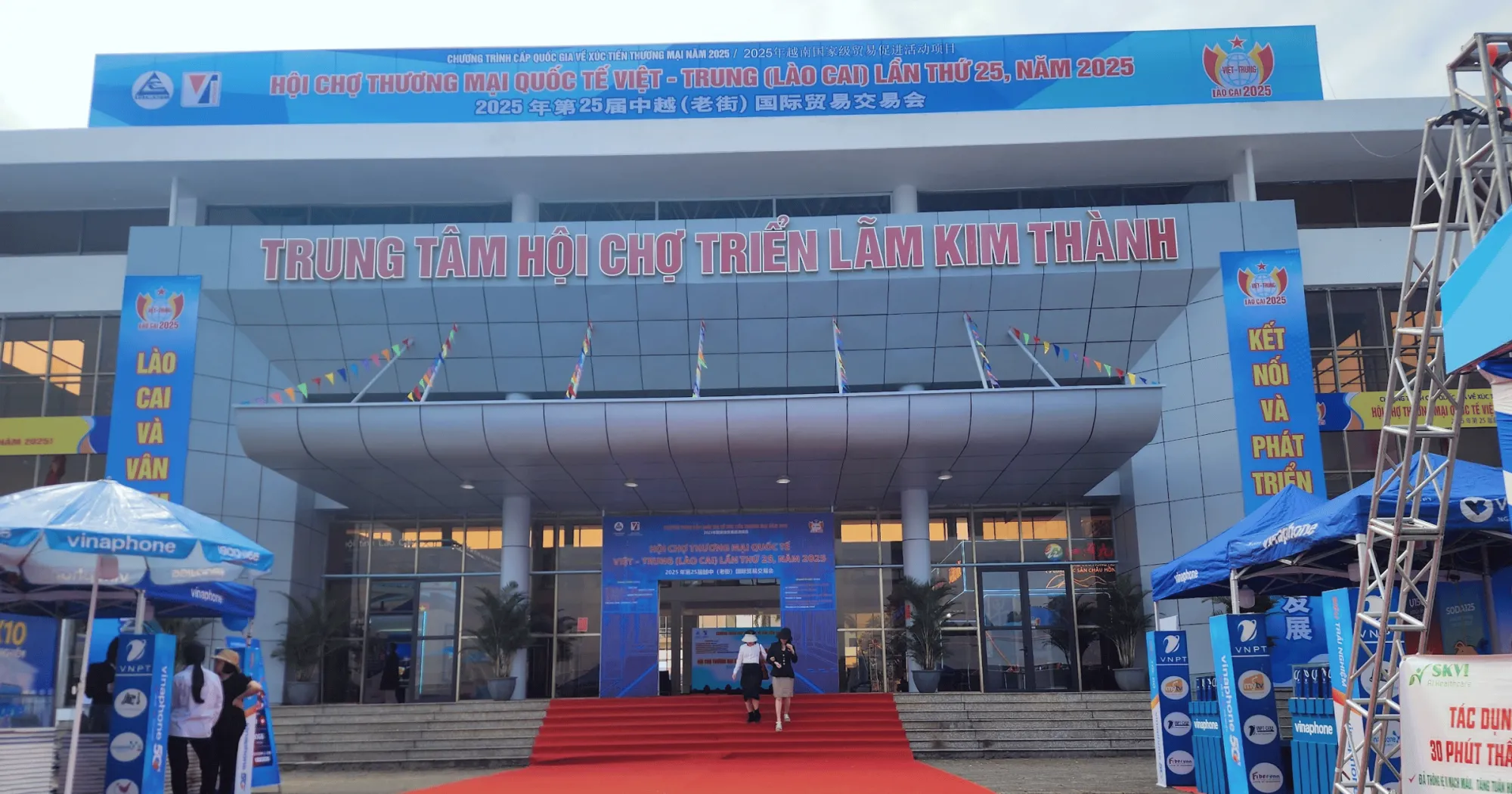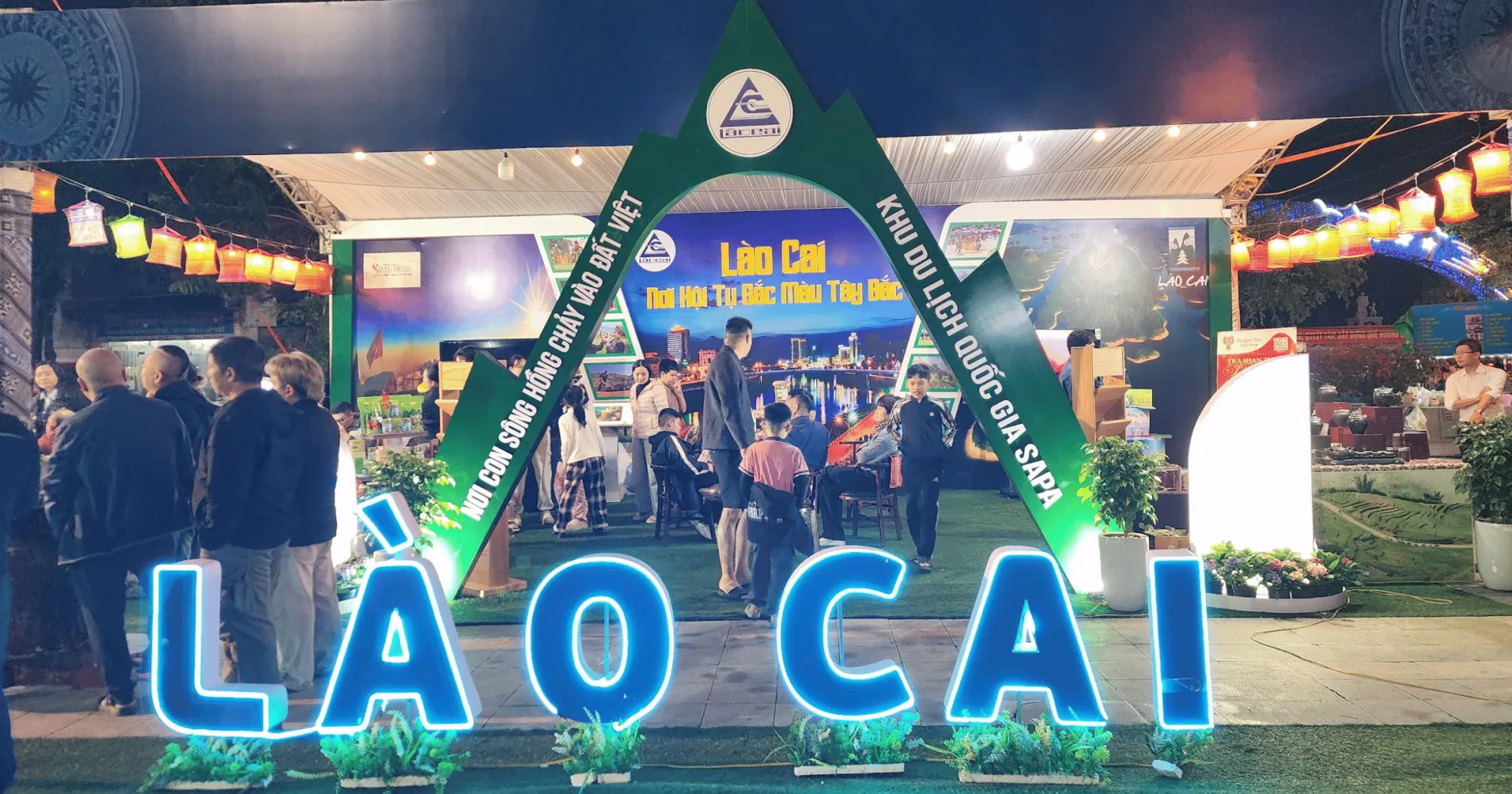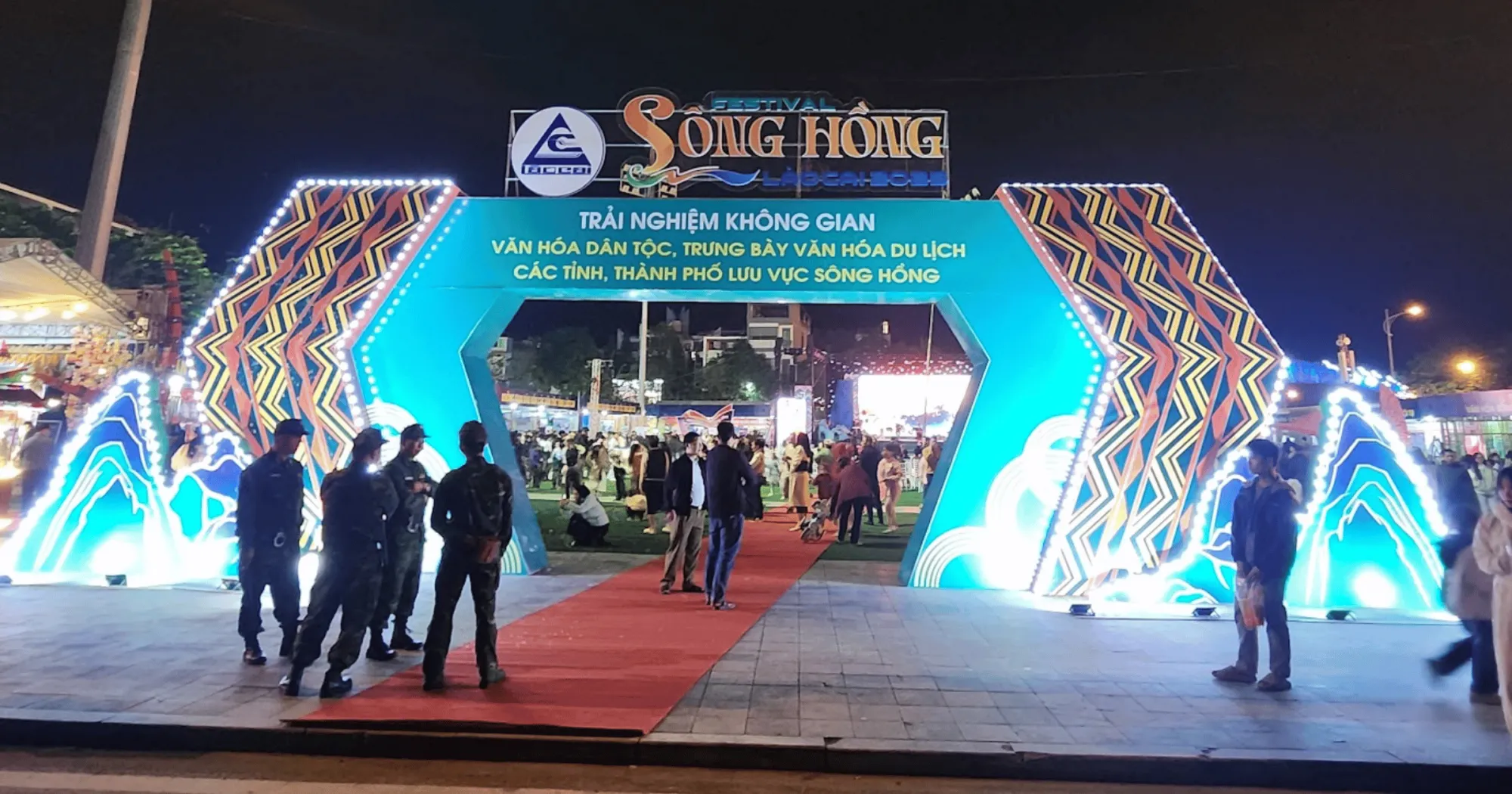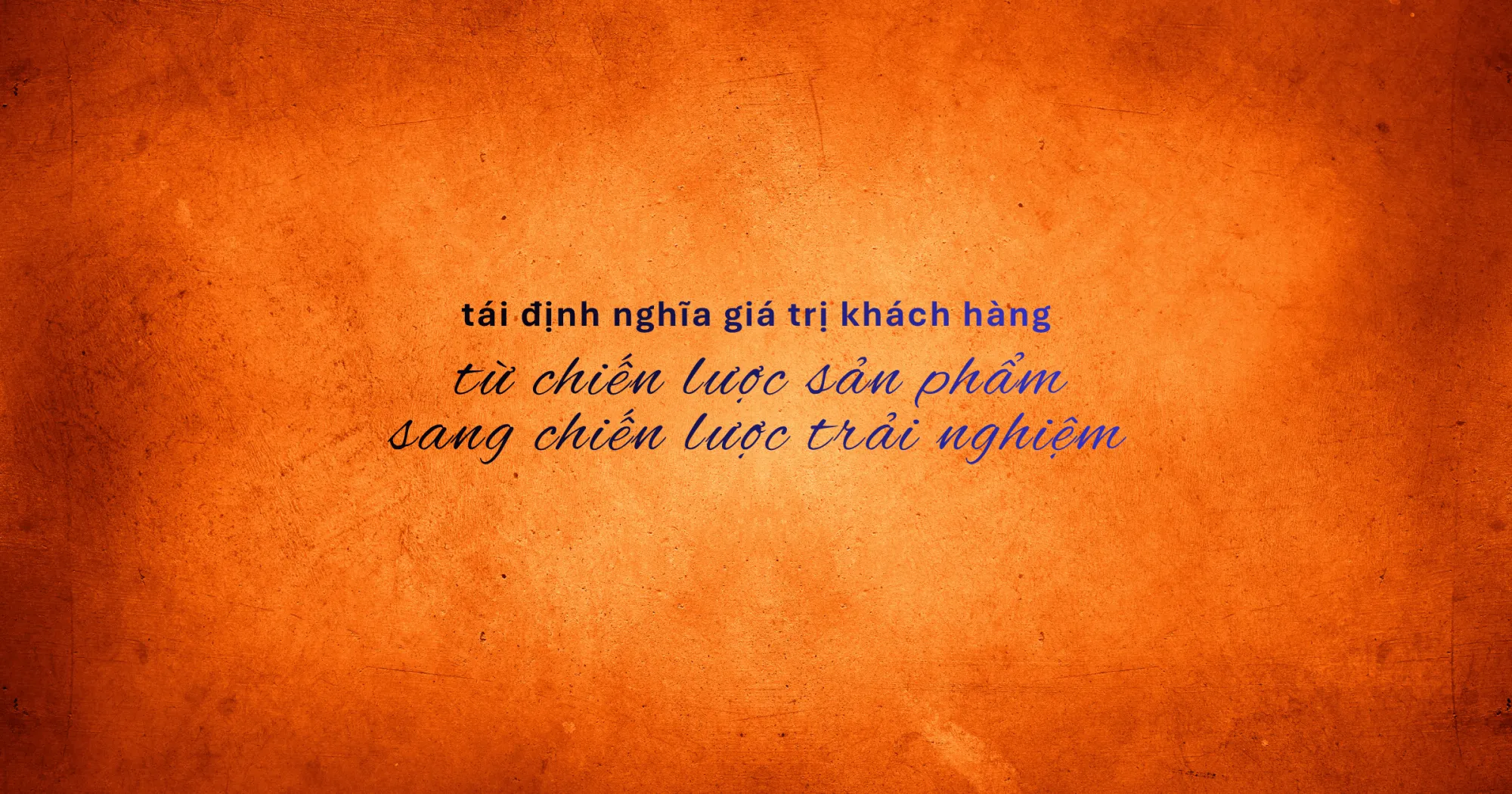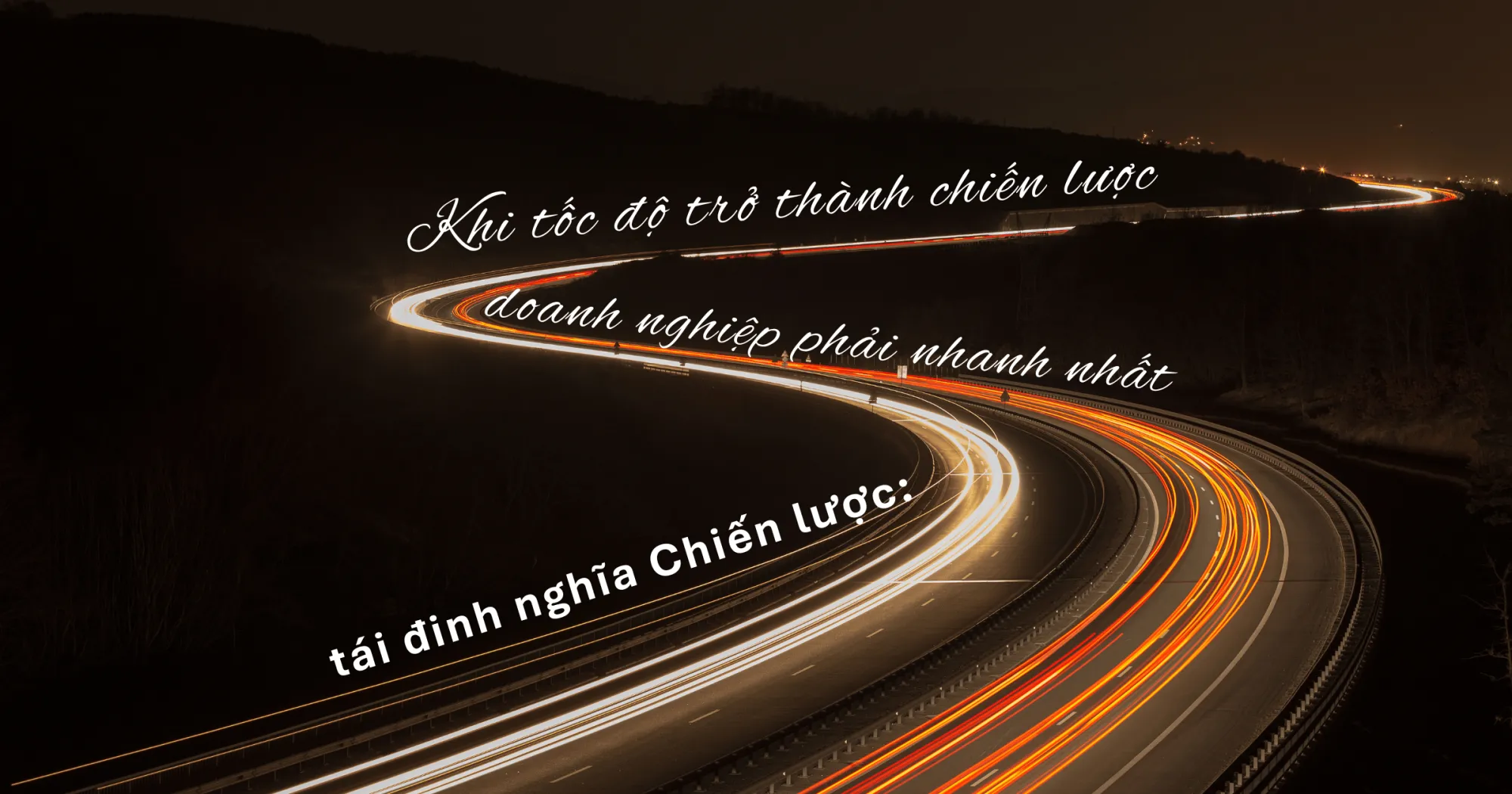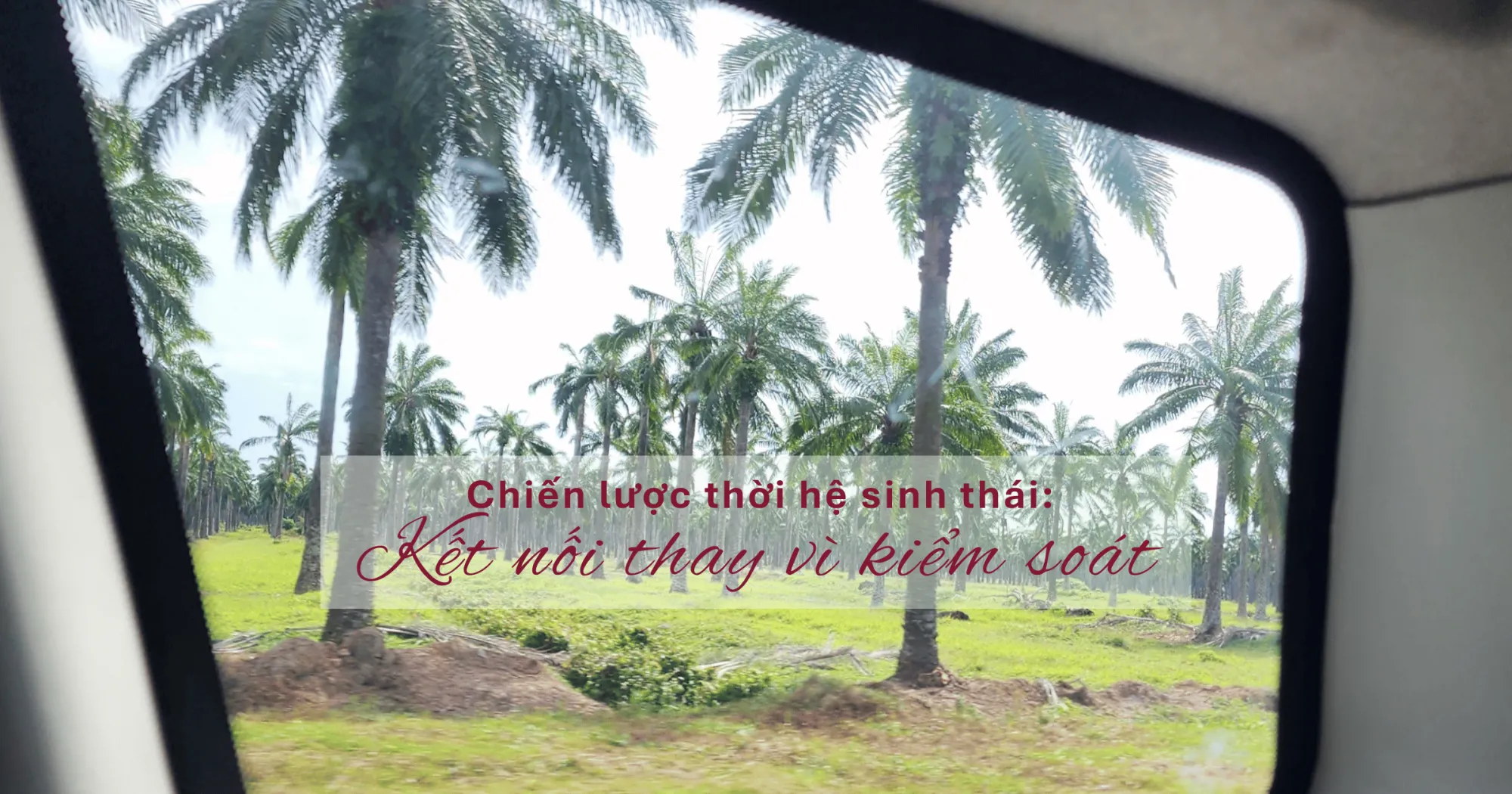In recent years, many Vietnamese businesses have invested in making brand manifesto films, with the desire to create an emotional impression and build brand love. But instead of creating a unique voice, many videos fall into a “safe formula” with general messages: green living, for the community, love… The result: the film is beautiful, the music is good, the copy is fluent — but after watching… viewers don’t remember which brand it is. What’s the problem?
Why are manifesto films being “uniformized”?
Safety Trend
Marketing teams are afraid of risks and negative reactions from the public, so they often choose “can’t go wrong” topics: environment, sharing, love, peace… These are values that everyone agrees with, but are too broad and abstract to be tied to a specific brand.
Weak Creativity at the Content Level
Many scripts start with great inspiration but end up just listing the “good things” that everyone knows. There is no sharp insight or real-life story to anchor the message in the viewer’s memory.
Closed creative process, less daring to experiment
Some film brands follow the model of “correct process – correct deadline – less risk”, causing the choice of new perspectives or unconventional storytelling forms to be almost eliminated right from the idea review round.
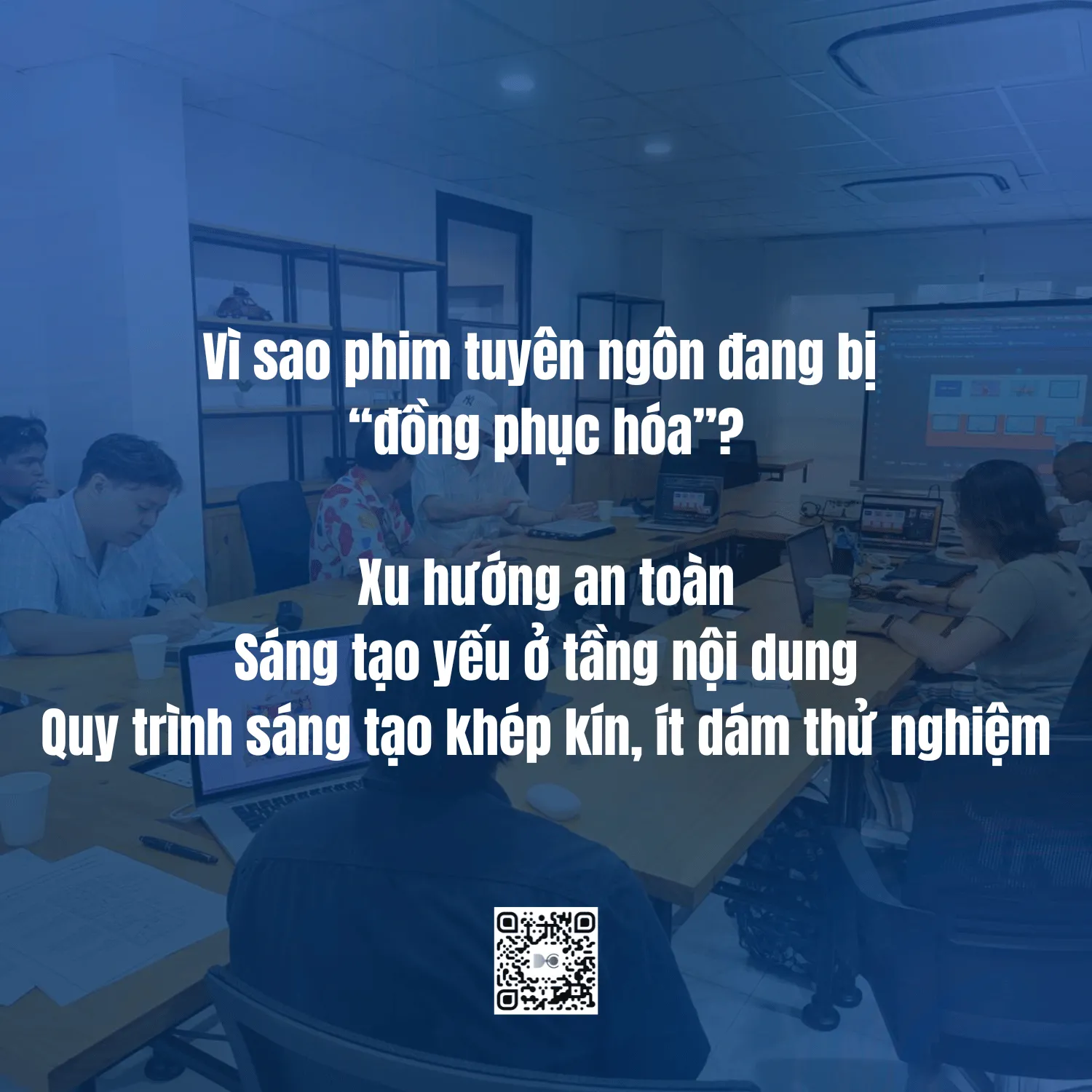
Signs of a “safe to the point of tastelessness” manifesto film
- Color: warm yellow or soft blue tones, dreamy backlight.
- Sound: soft piano, acoustic guitar, some birds chirping or rustling wind.
- Characters: diverse gender, age, occupation, all smiling or with hopeful eyes.
- Copy: “We believe in…”, “For a future…”, “Every moment is precious…”.
- There is no “hook” element at the beginning of the film, or this element is too similar to another brand’s film.

The Root of the Problem: “Always Right” But Not “Memorable”
- In marketing, “right” is not synonymous with “impressive.”
- A manifesto film may hit a universal chord, but if it doesn’t come from the core of the brand, it’s just a pretty speech — anyone can say it.
For example:
- If the brand is a coffee company, “for the environment” is a valid value, but why is this environmental story only you can tell? Is it because you own sustainable raw material areas with local farmers? Or because of zero-waste roasting?
- If the brand is a technology company, “connecting people” is valid, but how do you connect in a way that your competitors can’t?
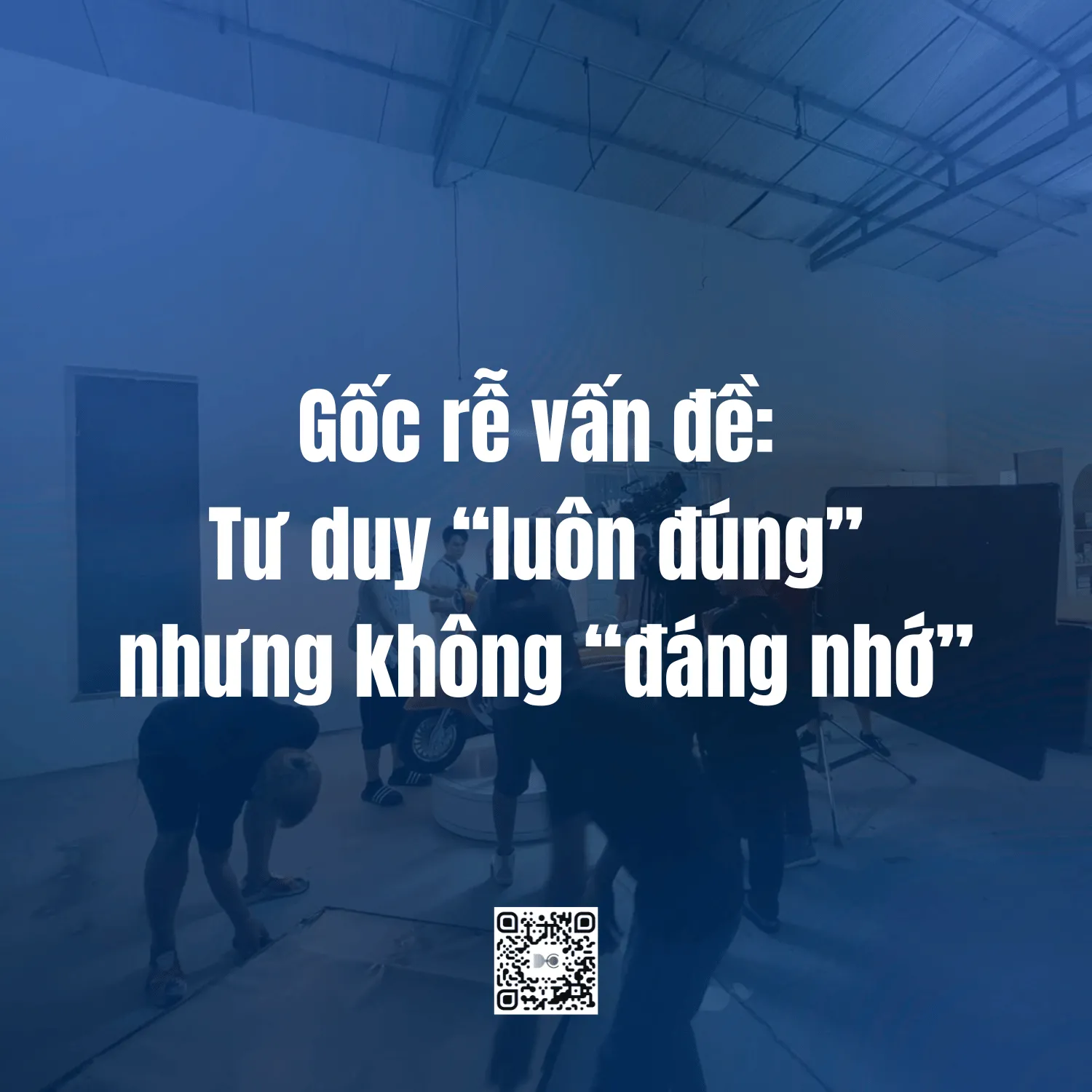
How to break the “sameness” loop
1. Start with brand truth
Find out what makes your story incomplete without your brand. This truth can come from: history, products, people, operating philosophy.
2. Choose a specific angle, don’t be too broad
Instead of saying “we love the environment,” tell the story of a product or a small action your brand takes and project it into a larger value.
3. Redefine visuals and audio
Don’t just stick to “safe” colors or familiar “emotional” soundtracks. Use electronic, fast-paced music, or unconventional color schemes if they fit your brand DNA.
4. Add an exclusive “hook” element
It could be a slogan that is uniquely yours, an iconic character, or an image that is repeated in every media release.
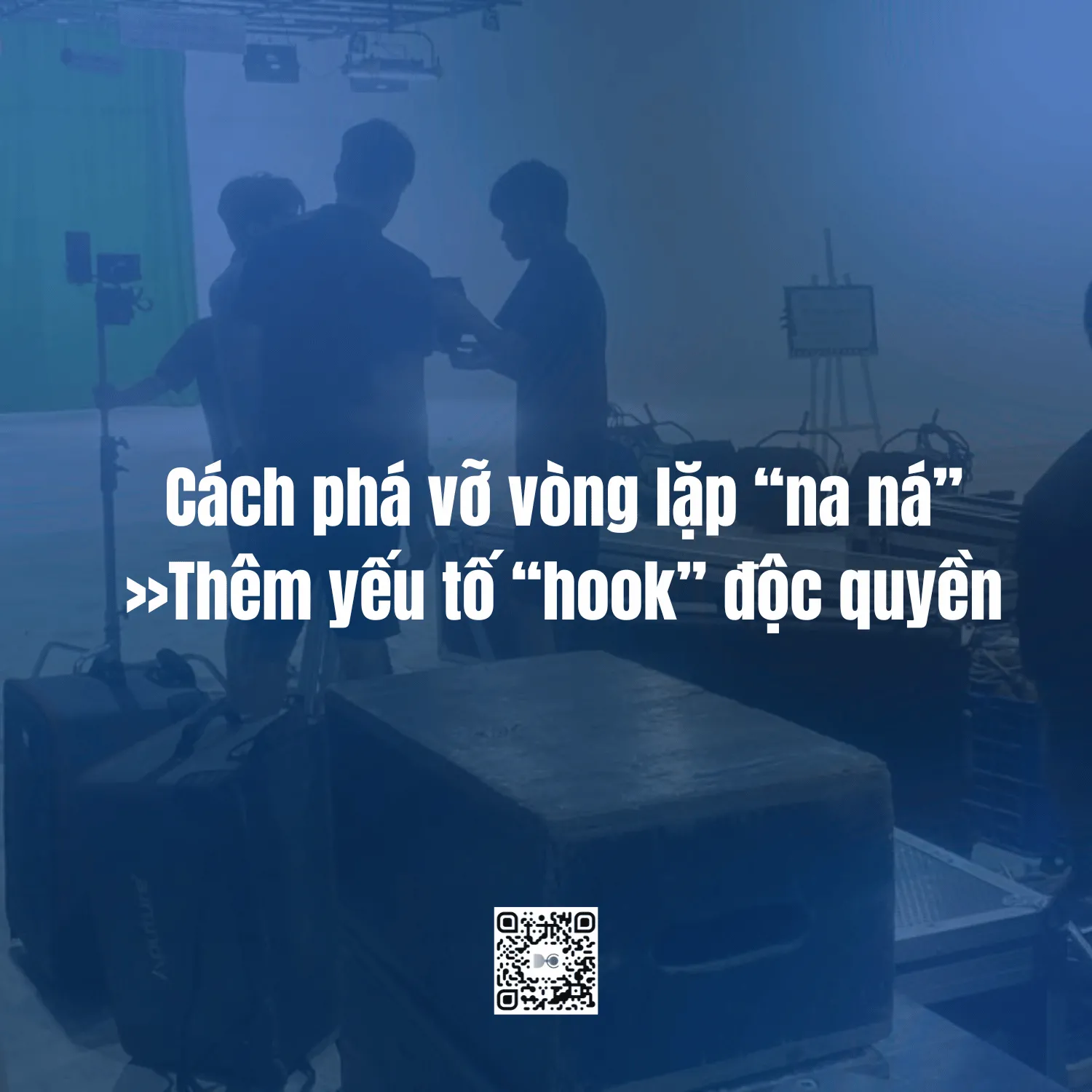
Expert advice
- Don’t let your manifesto become a beautiful copy of another brand.
- Dare to choose a perspective that 2-3 out of 10 people will disagree with, because it is what creates differentiation and identity.
- Invest in real insight and story, rather than just focusing on film color or slow-motion.
- When reviewing ideas, ask: “If I remove the logo, who will know this is my film?”. If the answer is “not sure” → need to redo.

Thay lời kết
Phim tuyên ngôn thương hiệu sinh ra để định hình bản sắc và truyền cảm hứng lâu dài. Nhưng nếu cứ đi theo công thức an toàn, nó sẽ trở thành một mảnh ghép mờ nhạt trong biển video giống nhau. Muốn khác biệt, thương hiệu phải dám đi từ sự thật riêng, dám kể câu chuyện chỉ mình mới có, và dám phá bỏ những khuôn mẫu “luôn đúng” nhưng không “đáng nhớ”.


